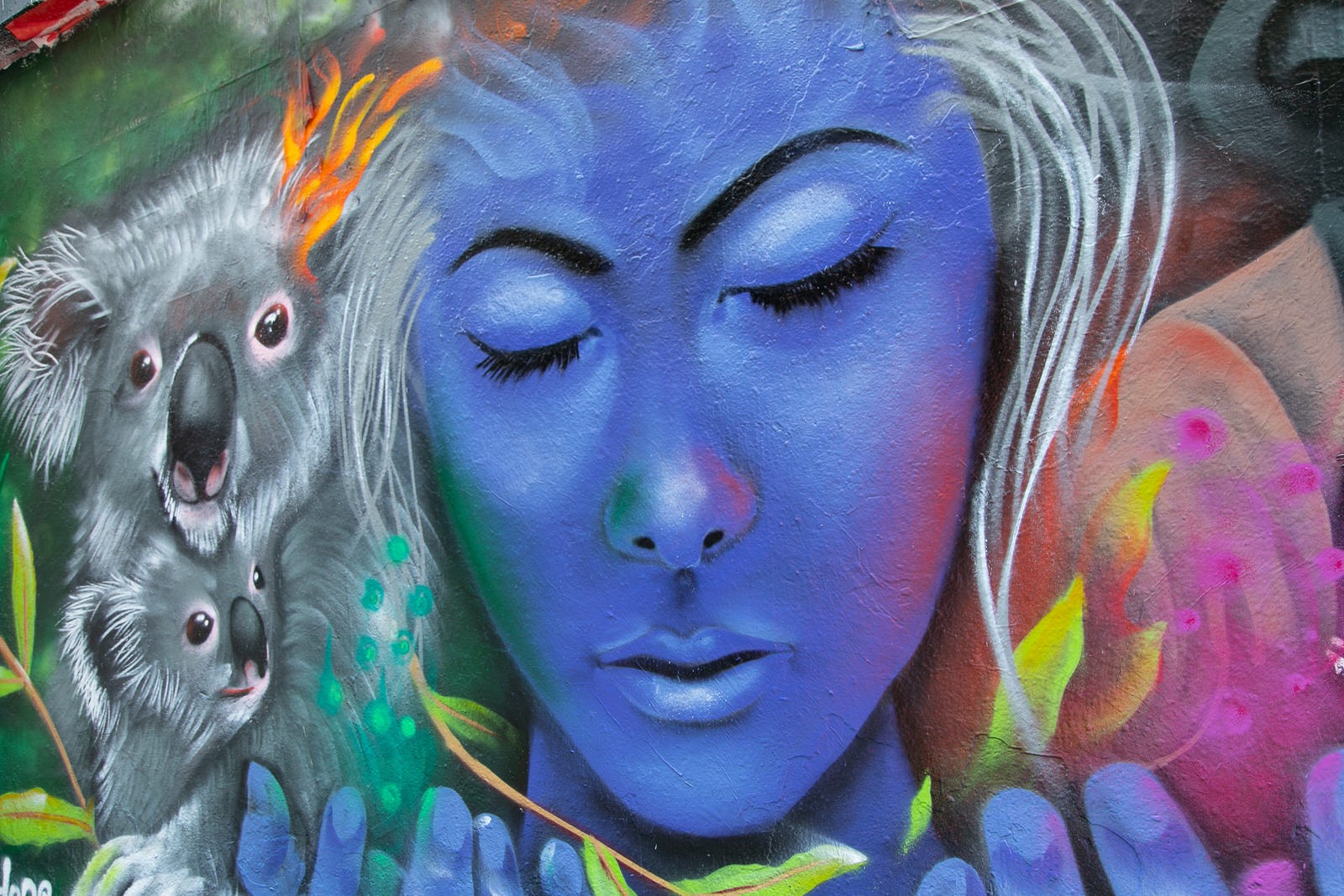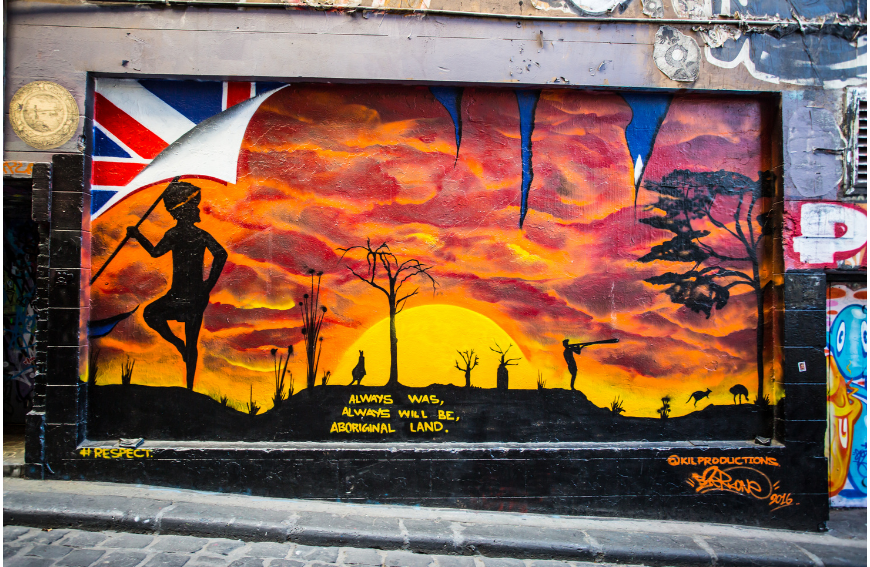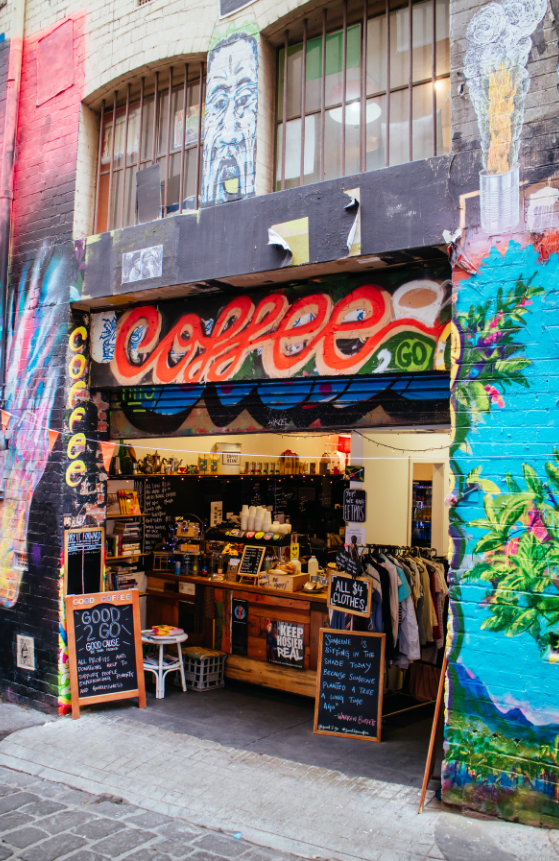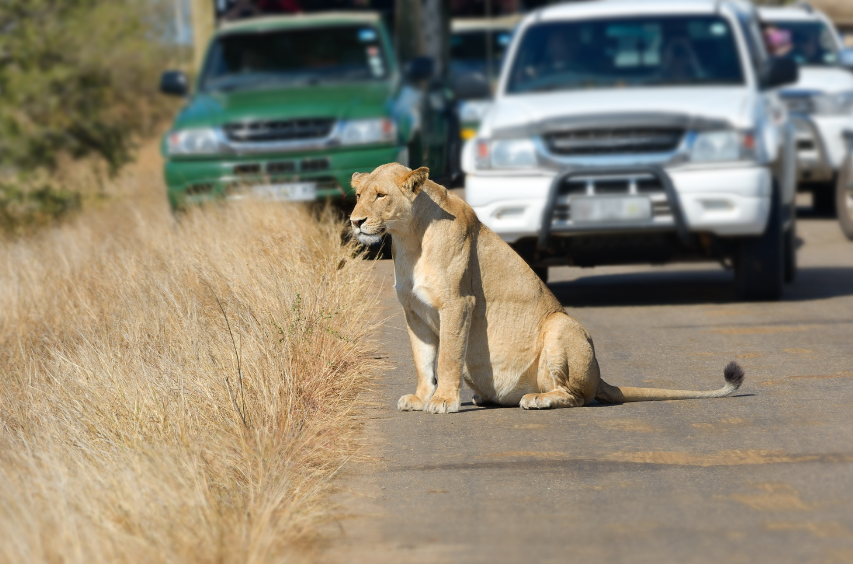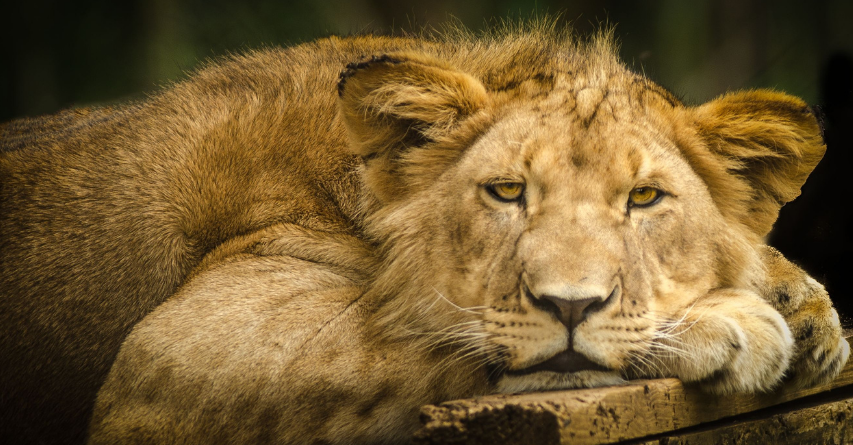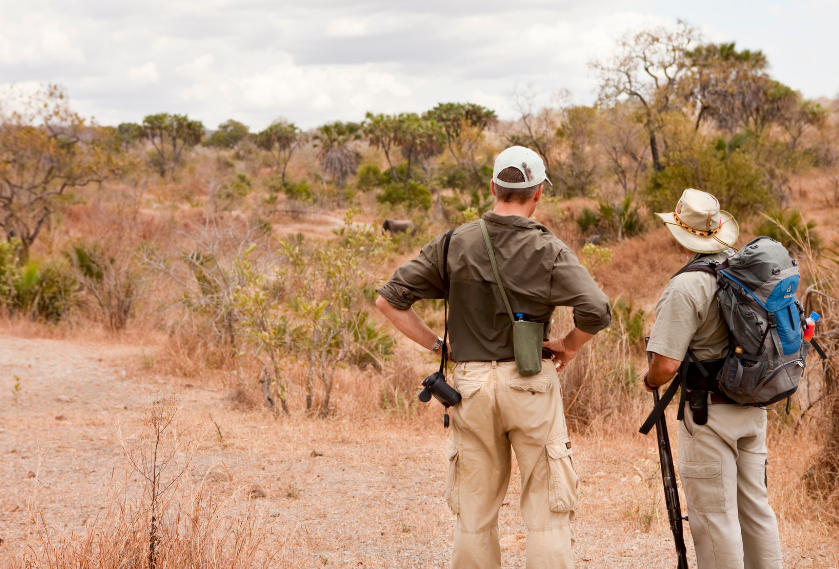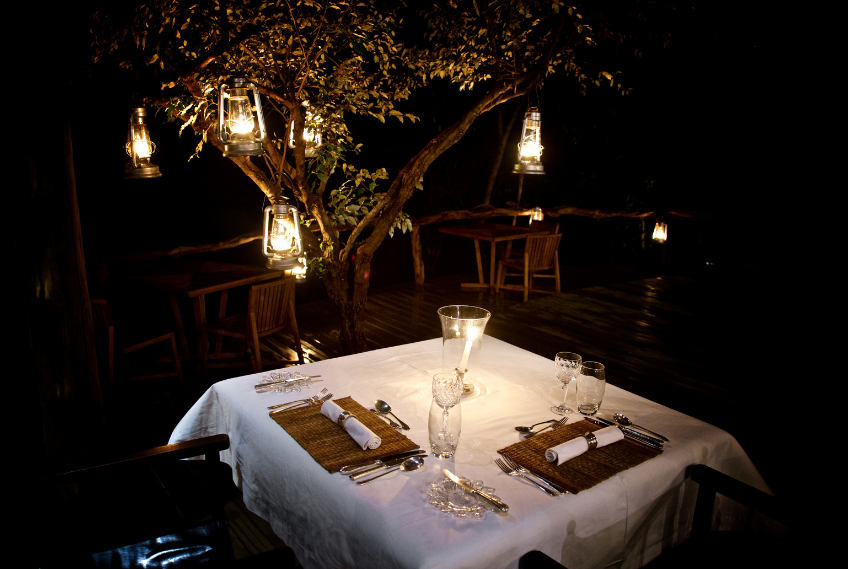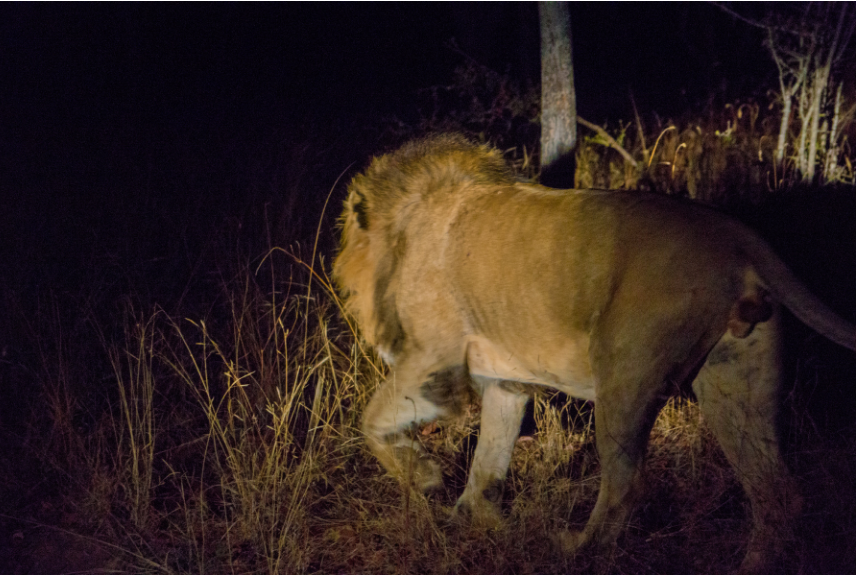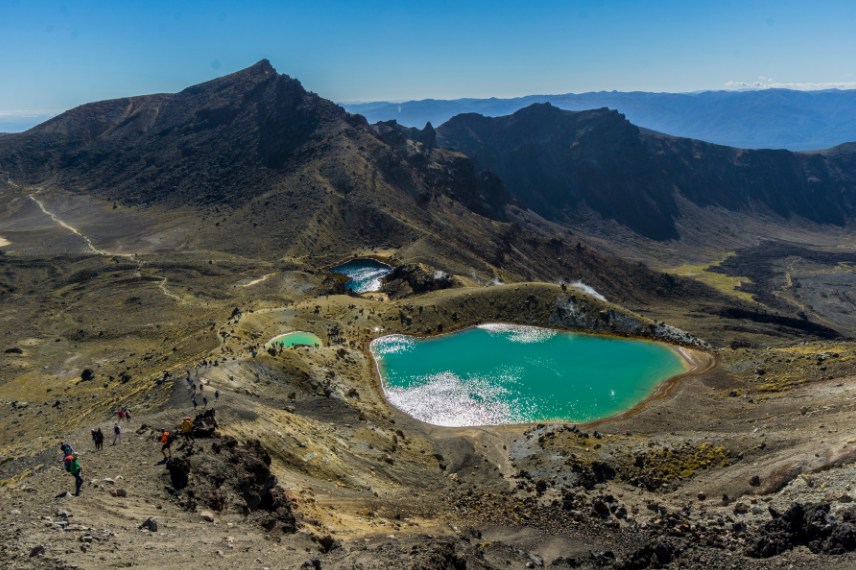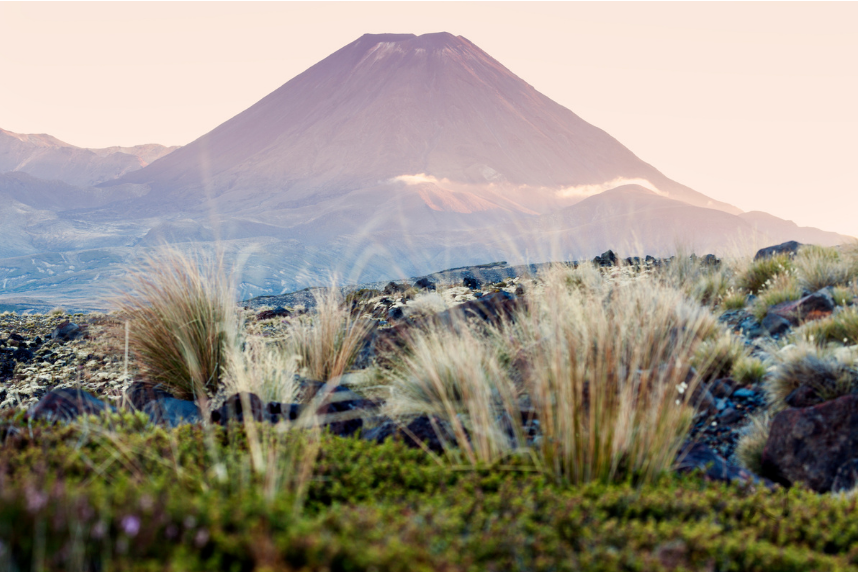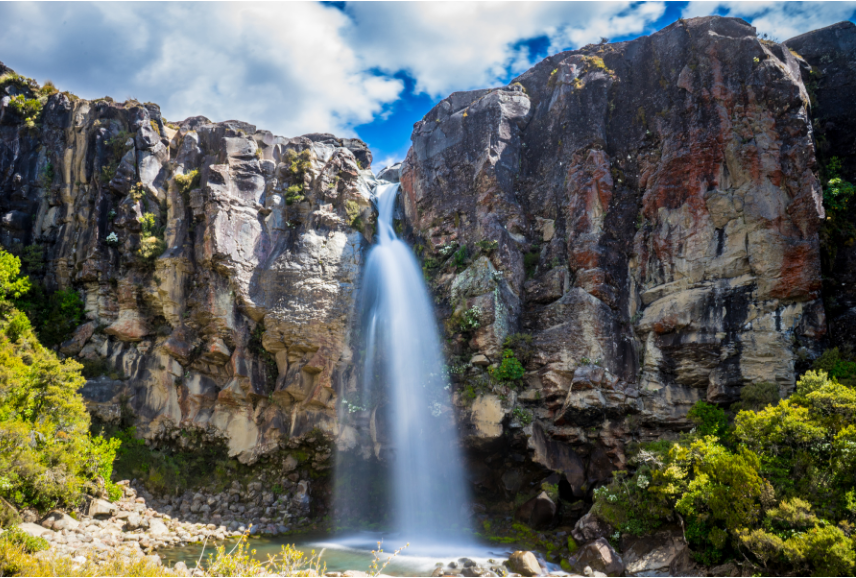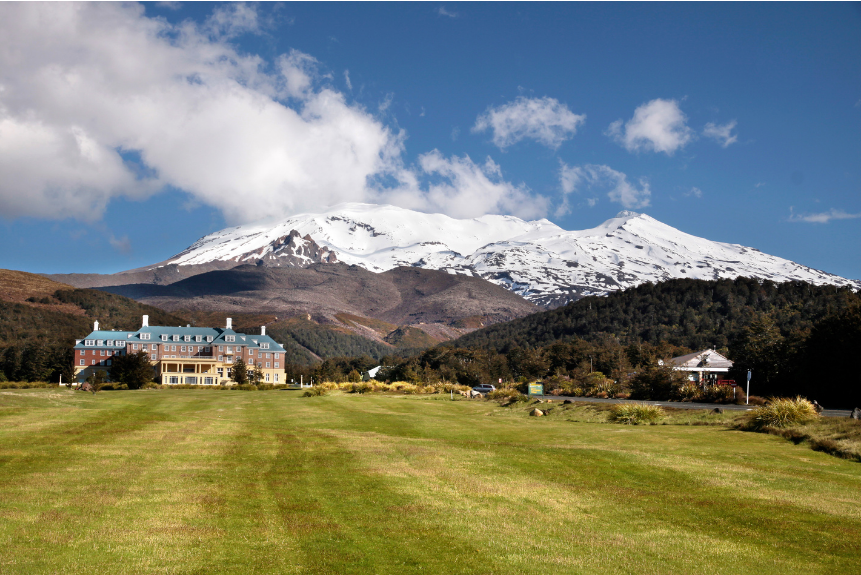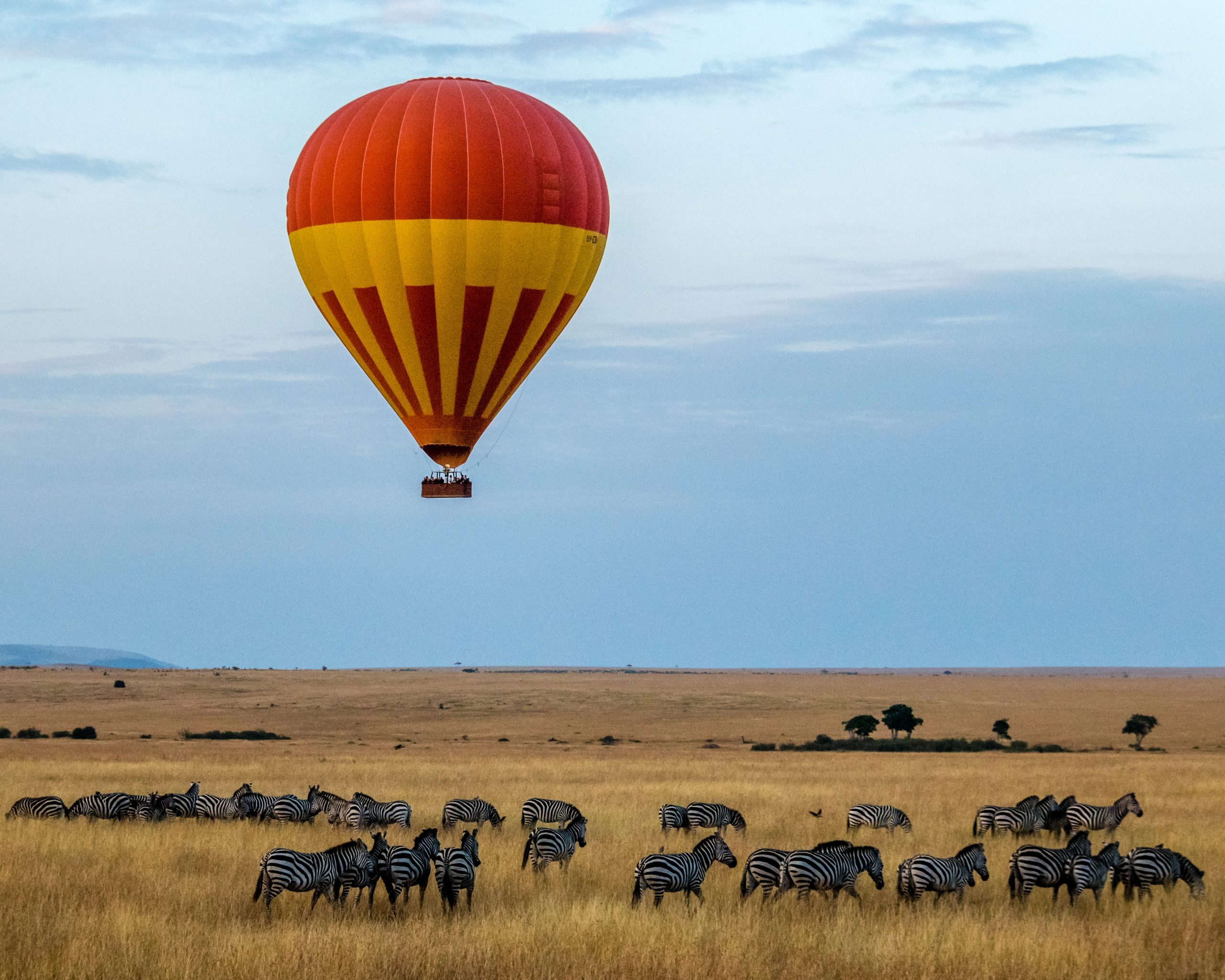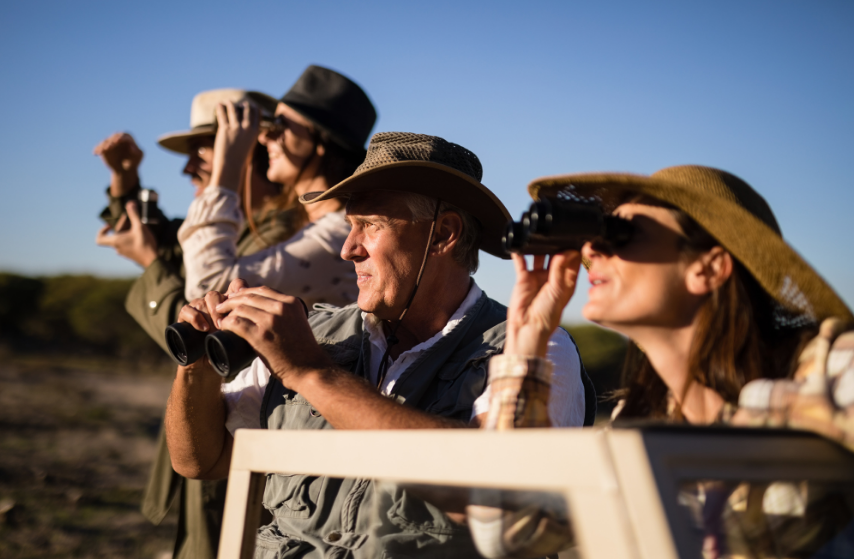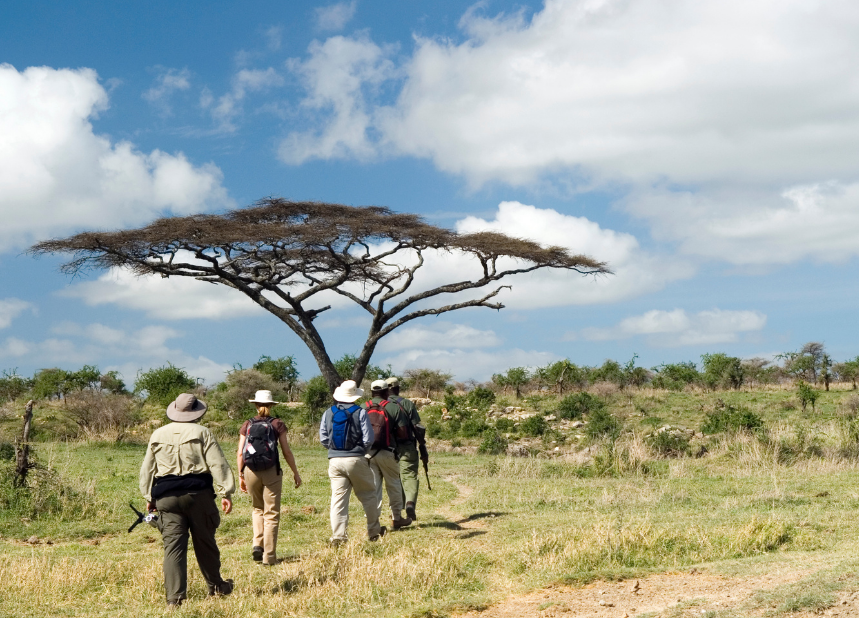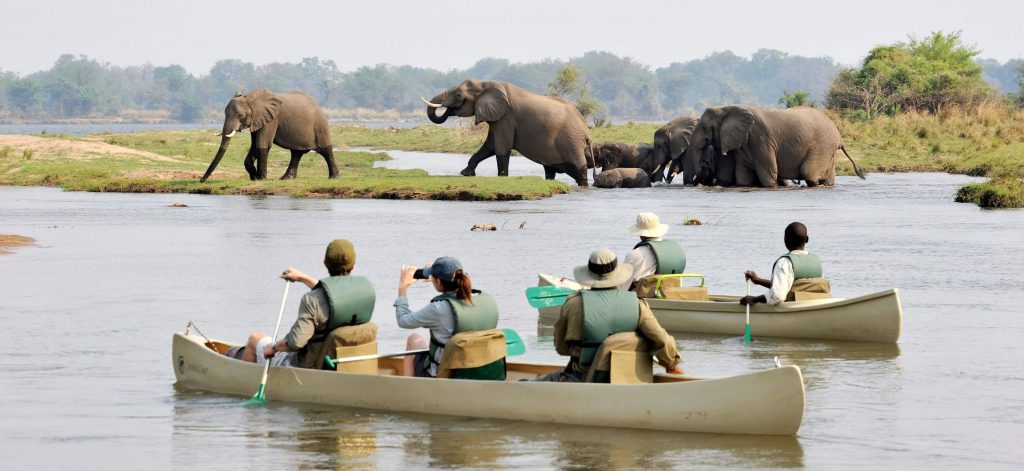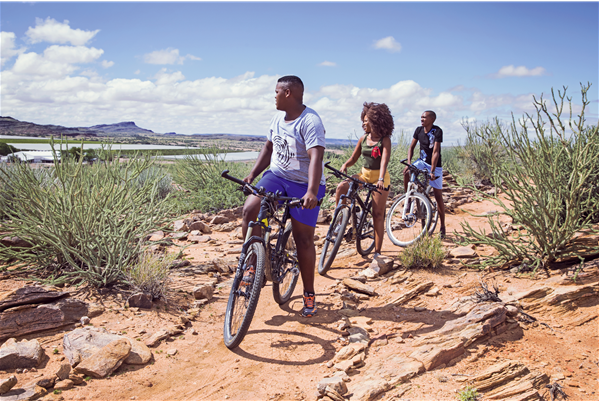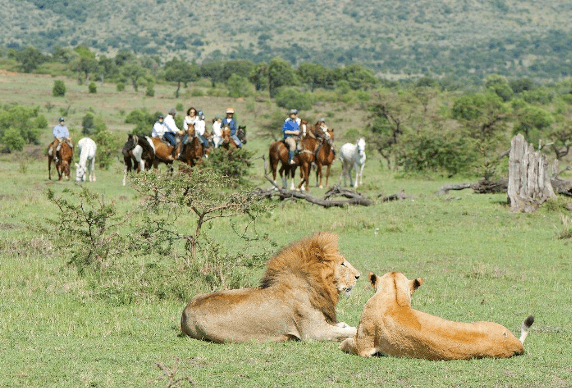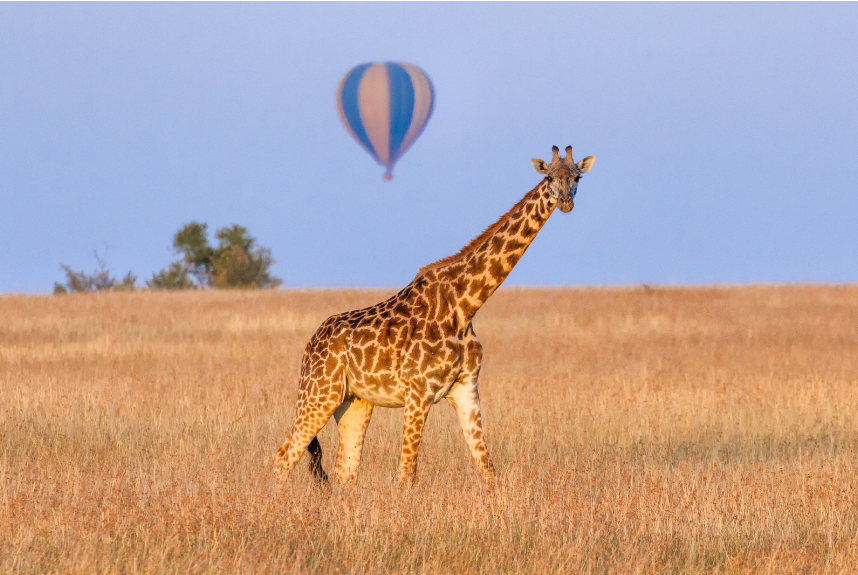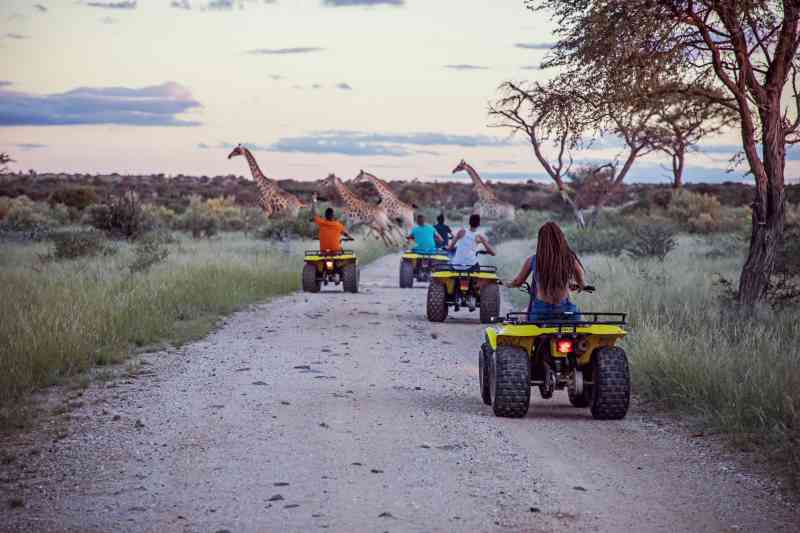Looking for an Aussie destination with character? Melbourne offers a cultural buffet of wonderful choices. Trams chugging through the city center, a vibrant food scene, an awe-inspiring public library, and plenty of historic architecture, including churches and cathedrals amongst the urban landscape create a metropolis always buzzing with activity. In this modern Australian city you will also find Melbourne’s laneways.
The colorful little lanes are famous for bright murals and creative street art that cover a dizzying maze of streets. Pedestrian-only streets mean you can lose yourself in the artwork without watching for cars. There is plenty of pedestrian traffic, though, with many people browsing the boutique shops, local restaurants, and fancy cafes along the way. Fashionably dressed teens bound for school, business people in suits, families shopping, and tourists documenting their travels all move at their own speed through the popular central business district (CBD) instantly recognizable as “Melbs: as the locals affectionately call it.
Melbourne’s culture embodies the laneways, and if you visit a resident of the city they will proudly show you the eye-catching creations while pointing out that street art isn’t graffiti. You will see famous Australian life depicted on the walls with work by local artists covering Aussie life, politics, pop culture, fashion, music, beauty, and love. Explore almost every theme you can imagine using art on the Melbournites who can relate to the work and appreciate the bold beauty it beholds.
walls of the lanes to tell a story or message. Perhaps that is why they hold so much meaning for
The history of the lanes goes back to the Victorian era, when horses and carts would clatter along the narrow paths. In the 1990s, the area transformed into a trendy spot for shopping, dining and drinking and street art slowly emerged. Soon the bright surroundings became more popular on a local and international level. The intimate lanes offer a haven where people can absorb the cultural scene, drink coffee, meet friends and
escape, even for a short time, from the bustling city just outside the coziness of the lanes. As you dance down the lanes you will notice a lot of the old architecture is well-preserved, increasing their charm even more.
Meyers Place (formerly Nicholas Lane) is one of the oldest laneways in the city, so a must-visit for true street art fans. Funky eateries and bars line the lanes where you can linger for a while. Lane’s Edge Cafe and Bar is the perfect place for dining outdoors with a laidback vibe. Refuel with dishes paired with local Aussie beer and wine before diving back into the adventures of lane hopping in search of the best mural of the day.
Hardware and Goldie lane features 20th-century warehouses and Degraves Street, named after Hobart merchants Charles and William Degraves, has alfresco dining options for patrons who appreciate the views of the art deco architecture. Hozier Lane near Flinders Street Station is another popular
urban art spot, or you might find yourself rocking out at ACDC Lane. There are so many lanes, and you can rely on your instincts and embark on a bright road of artistic thrills. There is no wrong way for your feet to take you and there’s no predicting what you might
discover. As you weave your way from lane to lane just be sure to take enough photos for invoking memories of this colorful stroll.
Melbourne’s strong coffee culture goes hand-in-hand with the thriving art scene. Rest your tired feet and order a latte at a hip café. Take in the art with the aroma of caffeine and background chatter of socializing coffee lovers for a true Melbourne experience.
Forget about Google maps and get lost in the streets for an inspiring walk that you could probably not make the following day if you tried. Roaming around another day you would notice different details of the artwork adorning the laneway walls. It’s an uplifting place for culture-loving explorers and is free as long as you aren’t tempted to spend at a chic boutique filled with designer garments that are another form of beautiful creative expression.
Enjoy the backstreets decorated with street art by emerging and established talented artists. Watch an emerging work in progress as an artist empties some spray cans. To avoid the crowds arriving early and snap plenty of photos without too many people.
Melbourne’s lanes are a major tourist attraction constantly evolving, with new murals appearing all the time. Embrace the cheery journey as you
Ready to immerse yourself in this outdoor gallery of contemporary art? Let me design a trip for you that incorporates the laneways and the other wonderful things Melbourne has to offer! walk through a colorful moment in history that might never be the same again.

